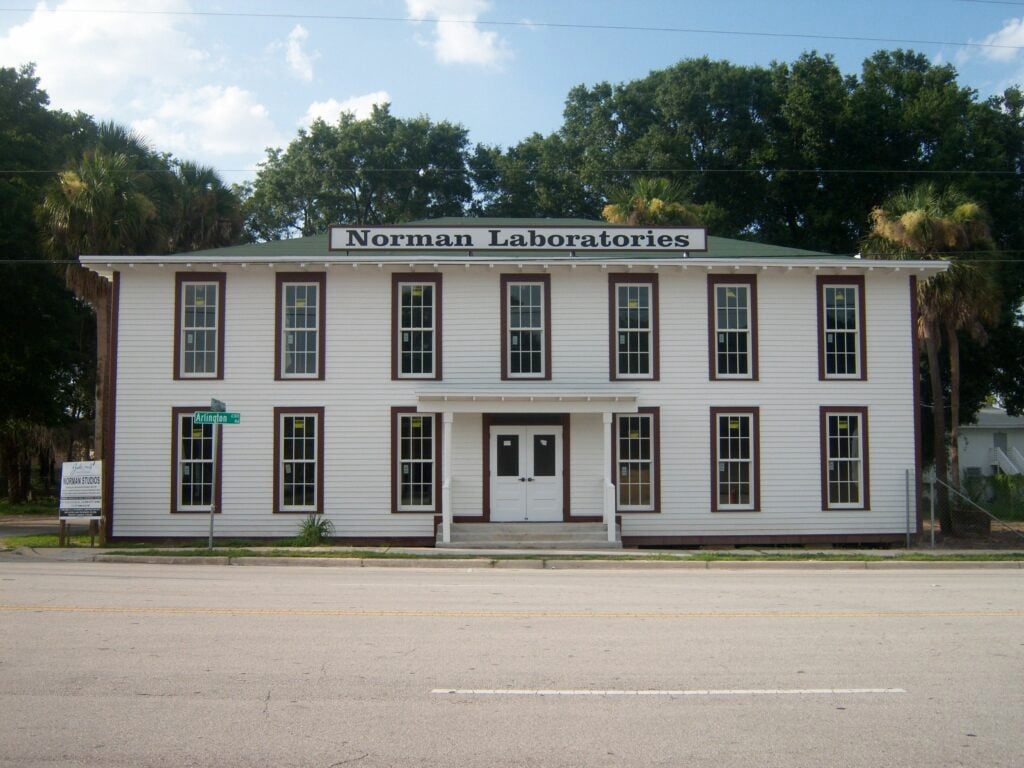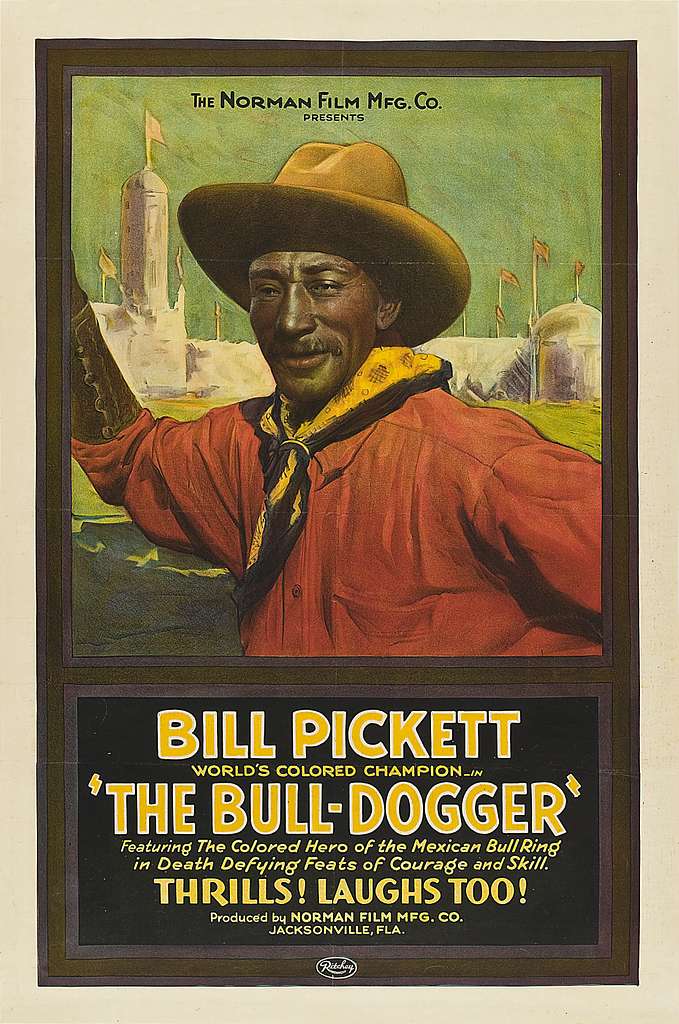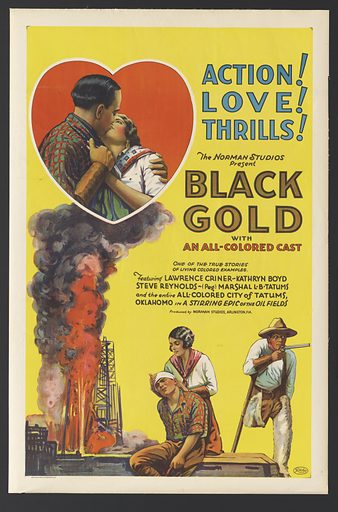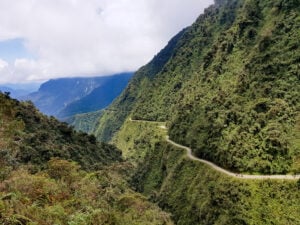Norman Studios is the final silent film studio in Jacksonville, Florida. It hasn’t made films in almost 100 years and nowadays provides a fascinating look back at a little-known era of cinema.
In its heyday, it was also pioneering in promoting African-American representation on screen during the height of Jim Crow laws in America’s South.

You might not be aware that Jacksonville was once considered the “Winter Film Capital of the World”. Places like Hollywood and Cannes are now world-renowned for their film studios, and it seems strange to imagine the area of northeast Florida holding the same status within the film world, but once upon a time in Jacksonville, it did.
Cinema was, admittedly, a much smaller industry back in the early 20th century. Films were still silent and the commercial business was in its infancy. Yet Jacksonville, FL emerged as a winter home for the industry that was then mainly based in New York.
Over 30 silent film studios appeared in the town, including Eagle Film Studios in 1916. In the early 1920s, it would become Norman Studios, after filmmaker Richard E. Norman bought the business.

Norman was white, but many of the films he made challenged racial views in the American South at the time, including some of the first films ever featuring an all-African-American cast.
In 1922, The Bull-Dogger arrived. A five-reel silent Western film, it starred Bill Pickett in the title role. Pickett was credited with inventing the sport of bulldogging in real life – a predecessor of modern-day steer wrestling. Pickett was a growing star for his exploits in the ring. The son of a free slave, Pickett had performed in front of the King and Queen of England, and extensively throughout Mexico, where he once enraged crowds by successfully bulldogging one of their fighting bulls. Norman’s film was, however, his first foray into film. The film is unfortunately believed to be lost for good.
Read More: Hot Lips | How the Rolling Stones found their logo
Another example is The Flying Ace, a 1926 film inspired by Bessie Coleman, America’s first black female licensed pilot. Norman and Coleman had spoken about making a movie, but sadly Coleman was killed in April 1926, before work began, in a plane crash also in Jacksonville’s Paxon Airfield. The resulting film featured Laurence Criner and Kathryn Boyd in the lead roles, with Boyd based on Colman.
In 2021, The Flying Ace was selected for preservation in the United States National Film Registry by the Library of Congress for being “culturally, historically, or aesthetically significant.”

Perhaps the most famous was 1928’s Black Gold, which also starred Laurence Criner and Kathryn Boyd, as well as the one-legged Steve “Peg” Reynolds, who appeared in many Norman Studios films. The cast and crew left Jacksonville to film in Tatmus, a tiny town in Oklahoma. It tells the story of Oklahoma’s booming oil fields, competition and injustice. Criner, playing a man called Ace Brand, is the film’s hero, and Norman said of him: “Through superhuman effort, and without sleep for 48 hours, he fights a band of crooks… only to discover it is a dry hole. [He] winds up in jail. All this makes for an absorbing story of action and thrills with a great surprise at the end when everything is cleared up.”
Sadly, Black Gold was Norman Studios’ final film. According to their website, “Norman had sunk an enormous amount of money into the invention of a device that would sync sound with moving pictures. By the time he had sold nearly a dozen units, news of a commercially viable sound-on-film system hit.”
The museum still shows movies they made, with a recent screening replaying the Flying Ace, followed by a panel discussing the film, Jacksonville film history, and the cultural impact of Norman Studios. Their website is also now an online museum, with a video currently exhibiting focusing on how African-American women found their voice in silent film.





